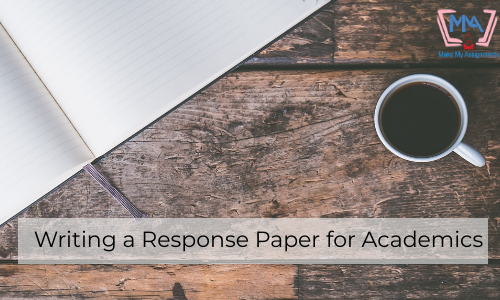What are Inferential Statistics?
There are two main types of statistics for analysing quantitative data – descriptive and inferential statistics. In a previous blog, I had talked about descriptive statistics. In this blog post, I will discuss with you about inferential statistics, when should we use them and why.
When do we use Inferential Statistics?
The objective of most research is to generalize the findings and predict outcomes based on the trends seen in the gathered statistics.
Image by Gerd Altmann from Pixabay
Let us think of a small example. A research is conducted targeting 500 university students by gathering their gender, course, grades and number of hours spent in studying per day.
- The objective of the researcher is to estimate the number of hours any university student spends to score more than 80%. It is however impossible to gather data from every university student.
- The researcher therefore, selects a sample (sampling technique) from the population and gathers data.
- Based on the outcome of the sample statistics, she makes an estimate of the parameters for a population.
- In layman’s terms, draws inference about the characteristics of the population based on the statistics of the sample, predict how the variables will act with each other.
Parts of determining Inferential Statistics
Hypothesis
Inferential statistics are based on constructing hypothesis and then using the data and tests to conclude whether the said relation exists between the variables or not. Normally, the null hypothesis states that there is no relationship between the variables and the alternate hypothesis states the contrary – there exists some relationship between the variables.
Sampling Error
One of the first things you need to find out is the sampling error. There is no way that a sample will almost always explain the characteristics of the population. This could be either due to chance (randomness) or it could be an error in the sampling.
Probability, P-value and Level of Significance
Every statistical test to accept or reject the null hypothesis is based on a level of significance determined prior to conducting the test. It is also known as alpha. This level is helpful in using probability to determine the likelihood of the outcome due to actual reasons and not due to chance. The significance level is usually set at 0.05 or 0.01.
How does the level of significance work? If you get a p-value which is equal to less than 0.05, you reject the null hypothesis and accept the alternate hypothesis. Here is a good video to explain p-value.
The Tests
- After defining the hypothesis, level of significance and acceptance criterion, a test is used to arrive at the calculated values for making the estimations.
- If there is only one variable, use one – way Chi-square test.
- You can use the goodness of fit test to answer the question whether the sample data corresponds to the population.
- If there two independent categorical variables, the Chi-square fit to compare them and determine if they fit.
- If there are only two groups, a t-test is used. This could be either a paired t-test or unpaired t-test.
- If there are more than two groups whether paired or unpaired, then ANOVA (analysis of variance) is used. ANOVA can be again one – way (having one independent variable) or two – way (having two independent variables). The p-value is used in relation to f-statistics.
- The degree of freedom and alpha value are used to determine the critical values to compare the computed value and decide whether to accept or reject the null hypothesis. The critical value for a two-tailed test is usually 1.96 that is for 95% area in a normal distribution.
- There is a rule to compare the critical and calculated values
- Critical value > Calculated value – Accept Null Hypothesis
- Critical value < Calculated value – Reject Null Hypothesis
- Check for Type I or Type II errors.
Which test to be used when?
- When we have both the sample mean and the population mean and the population standard deviation, we use the Z-test.
- The Null Hypothesis tested is sample mean equals population mean.
- Compare the test statistic to the critical value and if the critical value is higher, accept the hypothesis.
- When we want to compare the means of two normal distribution samples, we use the t-test. Here we do not have the data like population mean or standard deviation, else we could use the Z-test.
- Comparison of mean of two independent samples
- Comparison of mean from same group say before and after administration of a medication
- Comparing a sample mean of a group with that of a known mean.
Did this post help you?
Have you gained some clarity about inferential statistics and which test to use when?
If you have questions about using inferential statistics to complete a work project, academic or professional assignment or need clarification, leave a comment below and we, at MakeMyAssignments, will get in touch with you.
If you have a very specific need or assignment that needs expert advice or mentoring our subject-matter assignment experts will connect with you to assist you.
In case you need help with writing an assignment or structuring it, please try our efficient assignment writing services and experience quality output and reliable insight.
MakeMyAssignments provides excellent assignment writing services and mentoring to students around the globe. We have long-standing relationship with many students over the years and some of them are part of our assignment expert network sharing their knowledge and insight to help other students attain their education objectives and career goals.
Our assignments are meant to be guidance material for students and we discourage the direct submission of the material to their college or universities.





